A Mother’s Silent Vigil

Deep in the shadows of a sanctuary enclosure, a lioness sits motionless beside the still form of her cub. Wildlife rescuers at the facility have watched her maintain this position for hours, refusing food and water. Her amber eyes carry a weight that speaks volumes about the emotional depth these magnificent creatures possess.
The scene challenges everything we thought we knew about animal emotions. This isn’t just instinct or confusion—it’s something far more profound and heartbreaking to witness.
When Tigers Stop Their Roar

At Big Cat Rescue in Florida, caretakers noticed something unusual about Saber, a Bengal tiger, after his lifelong companion passed away. The powerful cat who once filled the sanctuary with his thunderous roars fell completely silent. For weeks, he would only emit soft chuffs—the tiger equivalent of a whisper.
Staff members described watching him pace the perimeter where he and his mate used to walk together. His behavior wasn’t random wandering; it was a deliberate retracing of shared memories. The silence spoke louder than any roar ever could.
The Leopard Who Wouldn’t Eat
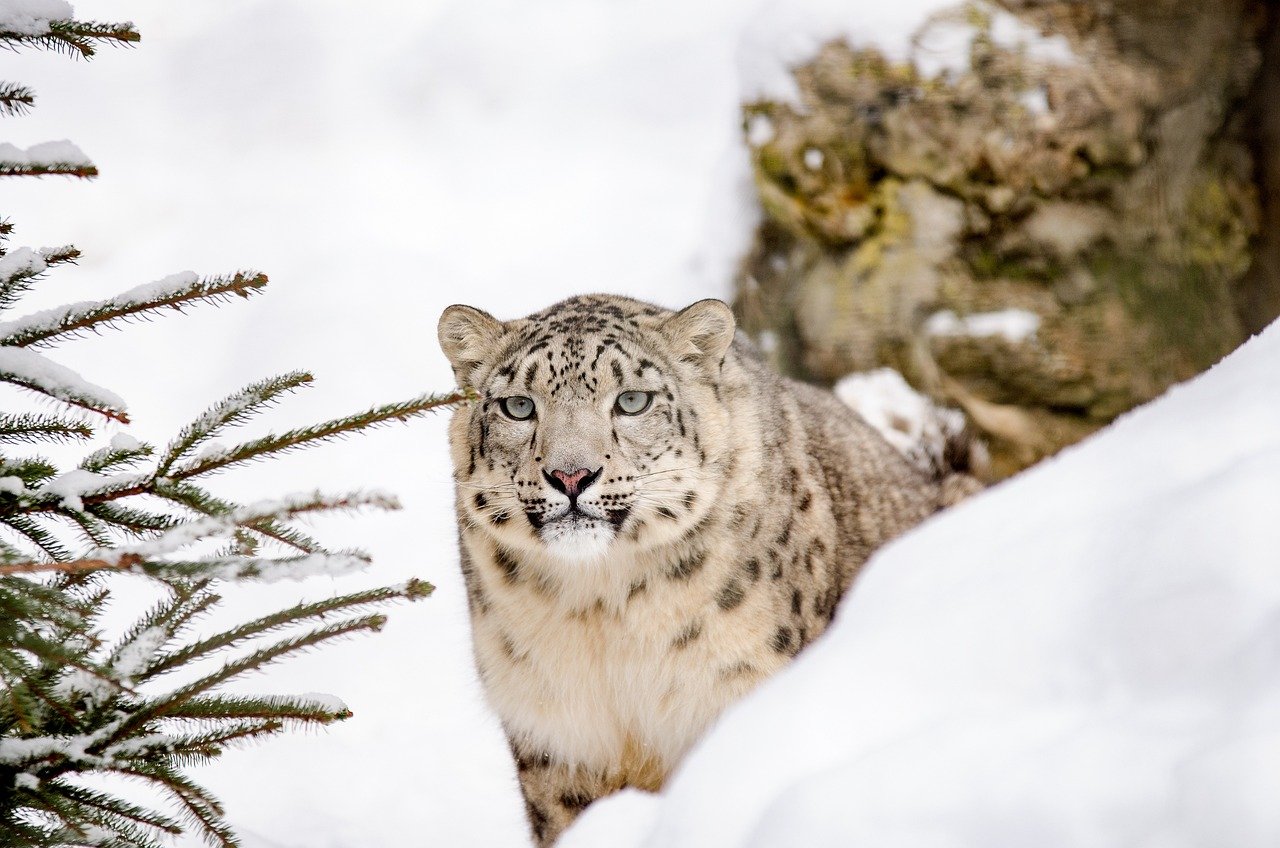
Rescuers at a wildlife sanctuary in South Africa witnessed something that left even seasoned professionals speechless. A leopard named Kesi refused to touch food for nearly two weeks after losing her companion to illness. She would approach her meal, sniff it, then retreat to the exact spot where her friend used to rest.
The veterinary team grew increasingly concerned as Kesi’s weight dropped dangerously low. It wasn’t until they moved her to a different area of the sanctuary that she finally began eating again, as if she needed distance from the memories to heal.
Jaguars and the Language of Loss

At Panthera’s research facility in Brazil, scientists observed behavior in jaguars that defied conventional wisdom about feline independence. When one of a bonded pair died, the surviving jaguar began vocalizing in ways researchers had never documented before. These weren’t territorial calls or mating sounds—they were something entirely different.
The calls occurred only at dawn and dusk, precisely when the pair used to hunt together. Acoustic analysis revealed these vocalizations had unique frequency patterns, almost as if the surviving cat was calling out specifically for their lost companion.
A Cheetah’s Restless Nights

Speed isn’t the only thing that makes cheetahs extraordinary—their capacity for emotional connection runs deeper than many realize. At the Cheetah Conservation Fund in Namibia, staff documented a female cheetah’s behavior after losing her hunting partner. Instead of her usual daytime activity, she became almost entirely nocturnal.
Camera traps revealed her walking the same paths she used to travel with her companion, but only under cover of darkness. It was as if she was searching for something that could never be found again, using the night to hide her vulnerability.
The Snow Leopard’s Mountain Mourning

High in the mountains of Central Asia, conservationists studying snow leopards through camera traps captured footage that stunned the scientific community. A snow leopard was observed returning repeatedly to a rocky outcrop where its mate had died from injuries sustained in a territorial fight.
For over a month, the surviving cat would climb to that exact spot every few days, sometimes sitting there for hours while snow fell around him. The behavior served no survival purpose—it was purely emotional, a mountain cat’s way of honoring what was lost.
Sanctuary Bonds That Death Cannot Break

At Wild Animal Sanctuary in Colorado, two rescued mountain lions who had spent fifteen years together created one of the most touching examples of big cat grief ever documented. When the older cat, Aspen, became terminally ill, his companion Sage never left his side during the final weeks.
After Aspen’s passing, Sage continued to sleep in the exact same spot where they had always rested together. Even more remarkably, she would save portions of her meals—something she had done when Aspen was too weak to hunt, as if still caring for him beyond death.
The Cougar Who Changed His Tune
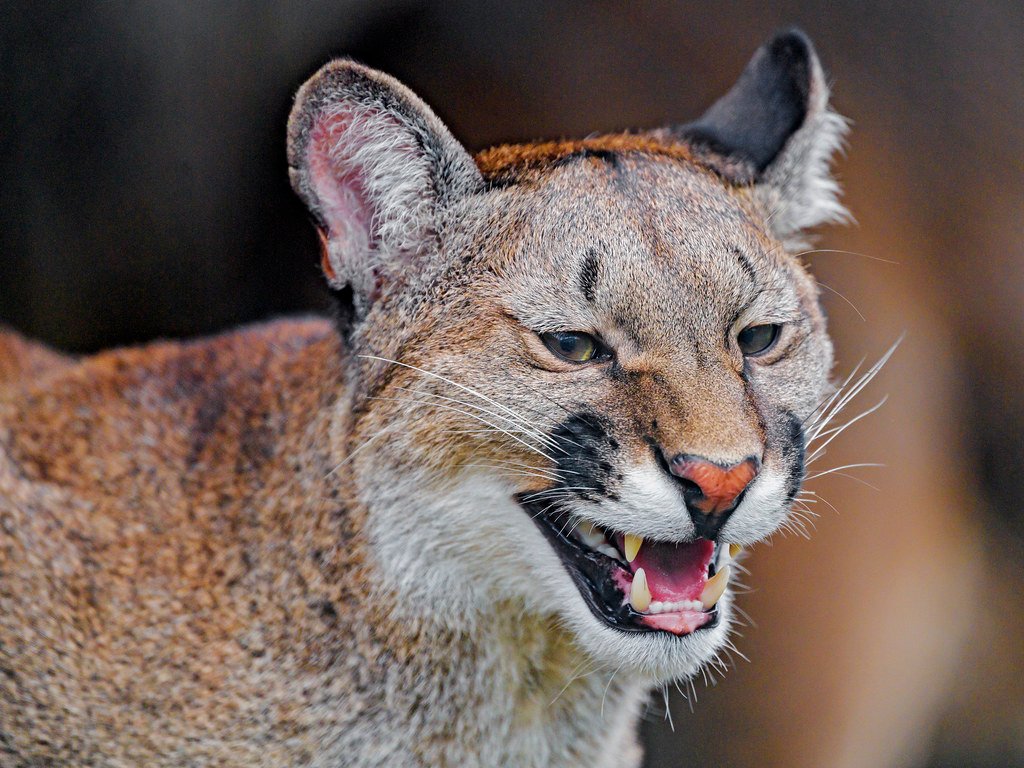
Cougars are known for their diverse vocalizations, but staff at a Montana rescue facility noticed something extraordinary after one of their cats lost his littermate. Instead of his usual range of sounds, he began producing only one type of call—the same gentle chirp he used to greet his brother each morning.
This went on for months, with the cougar making this specific sound at sunrise every single day. It was as if he was still trying to wake up his companion, hoping for a response that would never come.
African Lions and Pack Grief

When the matriarch of a rescued lion pride passed away at a Texas sanctuary, researchers witnessed something that challenged assumptions about lion social structure. The entire pride engaged in what can only be described as collective mourning, with each member taking turns lying beside their fallen leader.
The younger lions, who had never lived in the wild, seemed to understand instinctively that something profound had changed. Their play became subdued, their interactions more gentle, as if respecting a period of mourning that transcended human understanding.
Pumas and the Memory of Touch
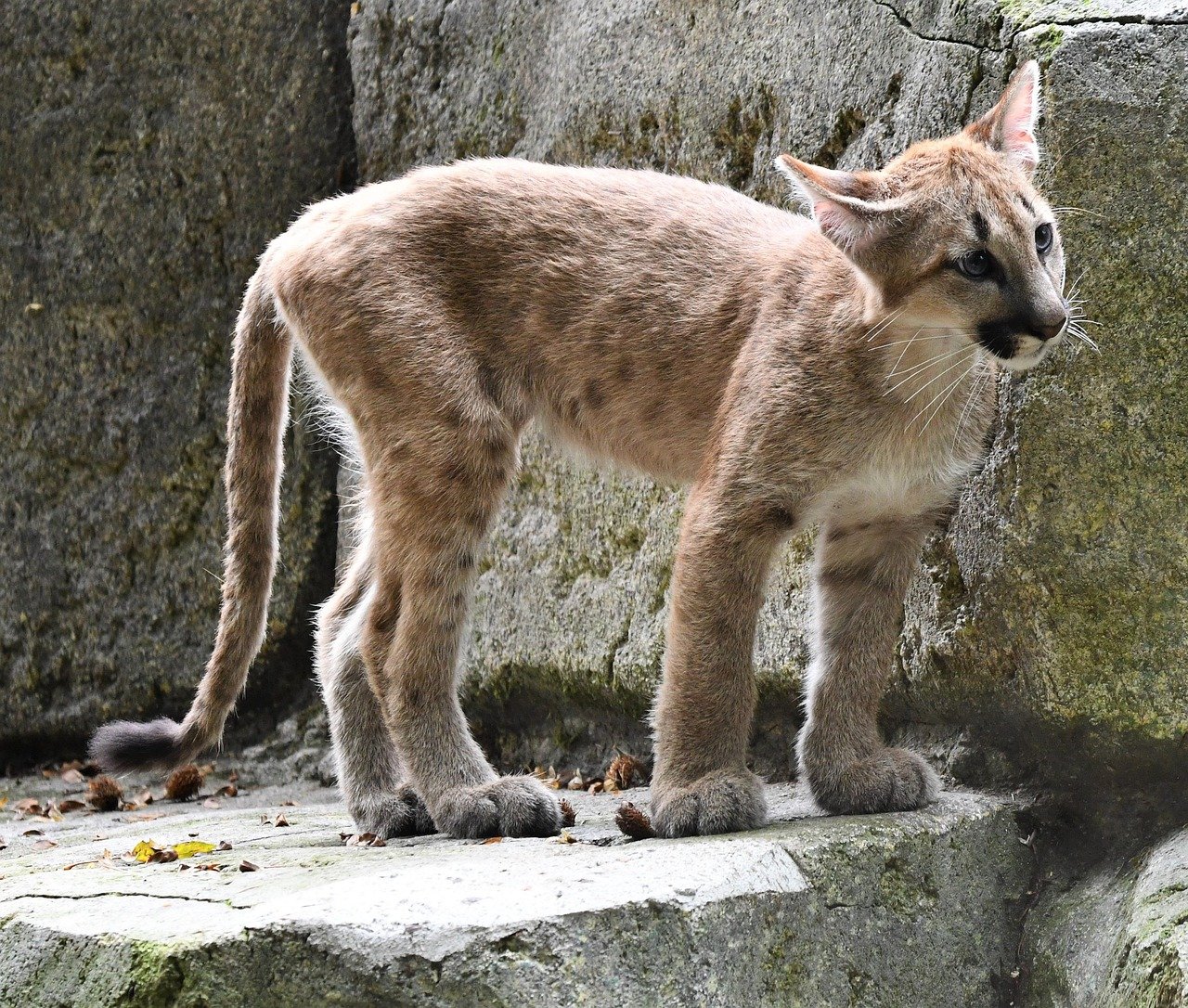
At a Chilean wildlife center, caretakers observed a puma exhibiting behavior that revealed the deep sensory connections these cats form with their companions. After losing his mate, the puma would repeatedly visit and rub against specific trees and rocks where she used to leave her scent.
Even after her scent had long faded, he continued this ritual for over a year. He wasn’t marking territory—he was seeking connection to memories held in his sense of smell, the most powerful emotional trigger in the feline world.
The Science Behind Big Cat Emotions
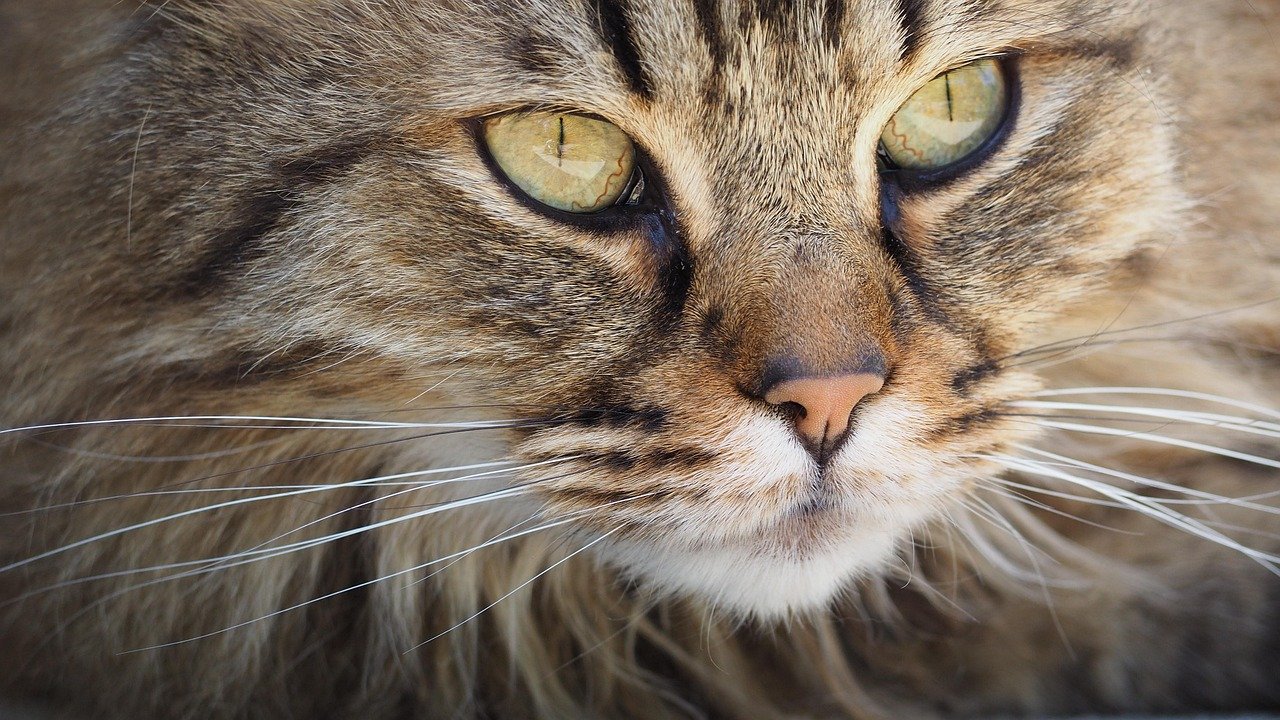
Recent neurological studies have revealed that big cats possess complex limbic systems remarkably similar to those in humans and other highly social animals. The areas of their brains responsible for processing loss and emotional attachment show significant activity when separated from bonded companions.
These findings validate what wildlife rescuers have observed for decades. The grief displayed by big cats isn’t anthropomorphism—it’s genuine neurological and emotional processing that serves important social and survival functions in the wild.
Ocelots and Subtle Sorrow

Smaller wild cats like ocelots express grief in ways that are easy to miss if you’re not paying close attention. At a Costa Rican rescue center, an ocelot named Luna began engaging in excessive grooming after her companion died—a clear sign of stress and emotional disturbance in felines.
More telling was her change in hunting behavior. Previously an efficient predator, she began catching prey but not consuming it, almost as if the act of hunting reminded her too much of shared meals with her lost partner.
Lynx and the Weight of Solitude
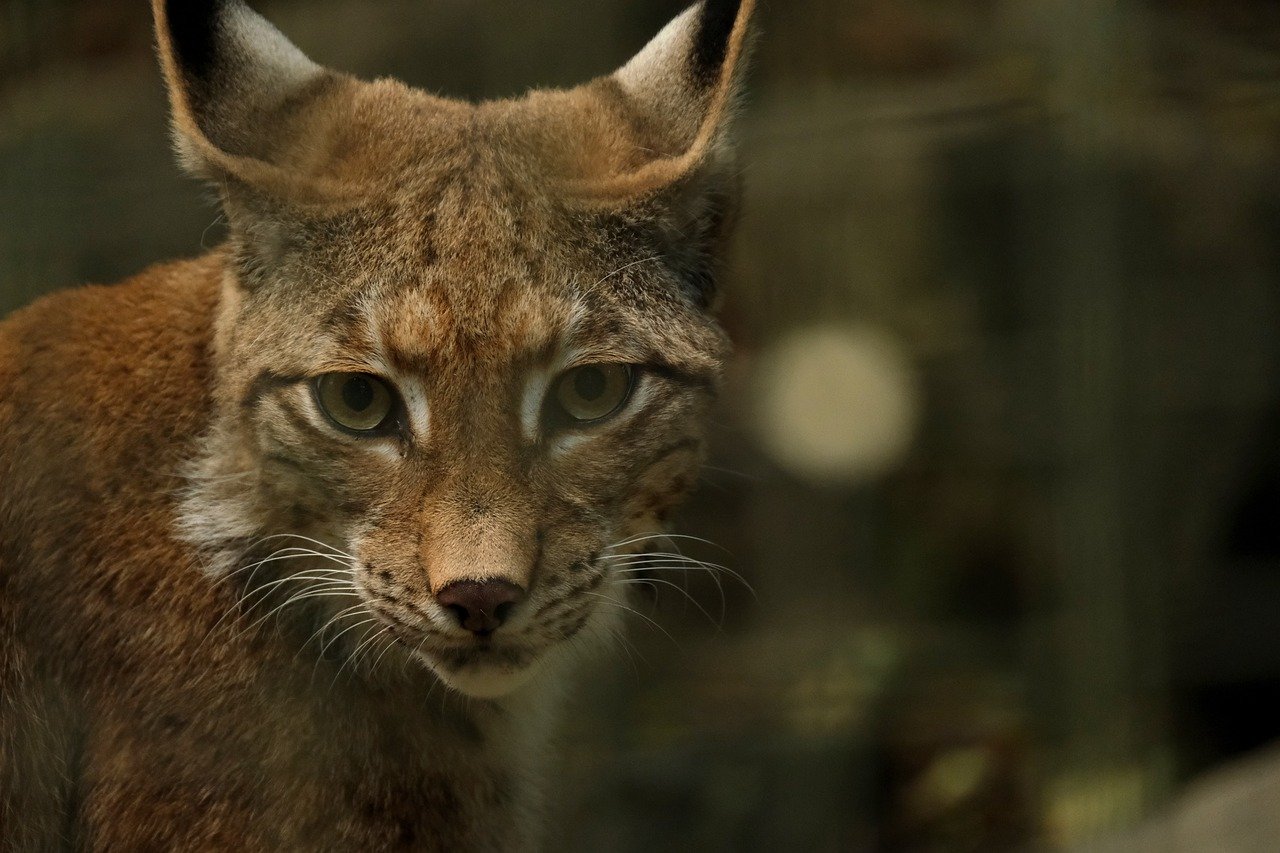
Canadian lynx are naturally solitary, but even these independent hunters can experience profound grief. At an Alaskan wildlife facility, a lynx who had formed an unusual bond with another rescued lynx displayed remarkable changes after his companion’s death.
The surviving lynx began leaving portions of his kills at the entrance to his companion’s former den, continuing this behavior for several months. It was behavior completely contrary to lynx nature, driven purely by emotional connection rather than survival instinct.
When Bobcats Break Their Own Rules

Bobcats rarely form strong social bonds, making the grief response of one rescued bobcat all the more significant. After losing her enclosure mate at a Virginia sanctuary, she began doing something completely unprecedented—sharing her food with other cats through the fence.
This generosity was completely out of character for a species known for fierce independence. Staff interpreted it as her way of creating new connections to fill the void left by her companion’s absence.
The Healing Power of Understanding
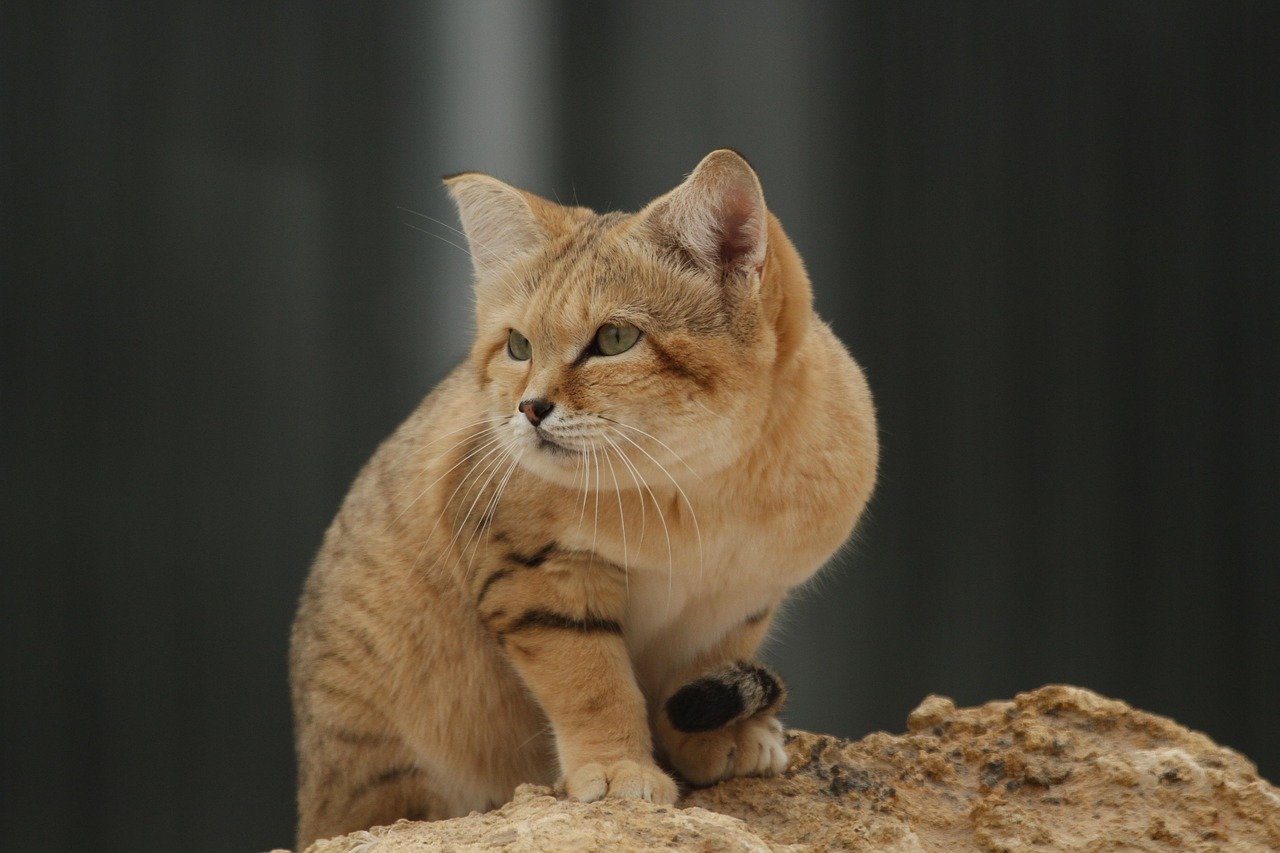
Wildlife rescuers have learned that recognizing and respecting big cat grief is crucial for the animals’ recovery and well-being. Many facilities now adjust care protocols during mourning periods, providing extra comfort items, maintaining routines, and sometimes even introducing new companions when appropriate.
The key is understanding that each cat grieves differently, just like humans do. Some become withdrawn, others become more social, and many display behaviors that seem to honor their lost companions in deeply personal ways.
Conservation Through Compassion

These observations of big cat grief have profound implications for conservation efforts worldwide. Understanding the emotional complexity of these animals helps build stronger arguments for protecting their habitats and maintaining family groups in the wild.
When we recognize that a mother leopard mourning her cub experiences genuine anguish, or that tiger siblings form bonds that transcend death, conservation becomes not just about preserving species but about protecting the rich emotional lives of individual animals. Each rescued cat carries within them the capacity for love, loss, and healing—emotions that connect them to us in ways we’re only beginning to understand.

Soham is from the rich tapestry of India, and has traveled through its several states and experienced its various cultures. Proud parent to three delightful feline furballs and looking to adopt more in the coming days. A self-taught writer who learned everything with experience. His path led him to a fulfilling profession spanning more than six years in digital marketing and writing along with a master’s degree in marketing. Knowing what interests readers motivates him. Filled with a profound fascination for the planet, his goal is to travel the world and discover everything from lush forests to towering mountains, sandy deserts to vast oceans, driven by a deep curiosity for our planet’s intricacies and beauty of creation.






